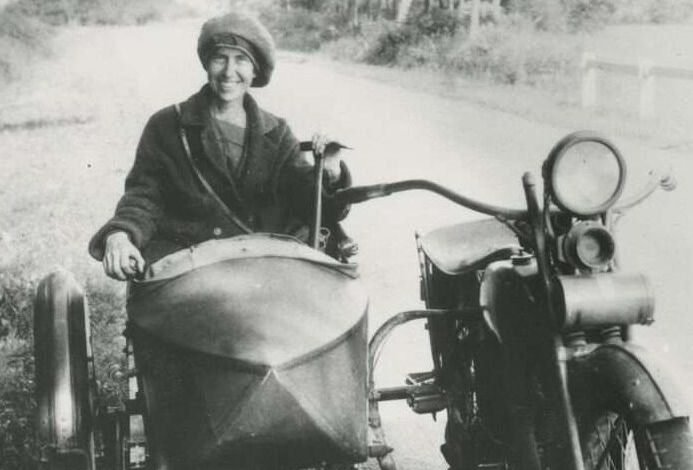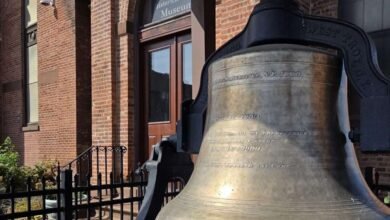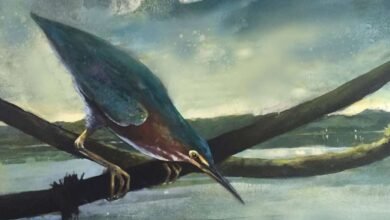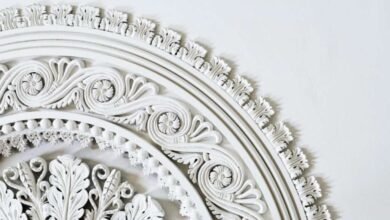Winifred Goldring: America’s Female First State Paleontologist


 The latest episode of the A New York Minute in History podcast digs into the life and career of Winifred Goldring (1888-1971), an incredibly prolific scientist who overcame prejudice to become the first female New York State Paleontologist at the New State Museum.
The latest episode of the A New York Minute in History podcast digs into the life and career of Winifred Goldring (1888-1971), an incredibly prolific scientist who overcame prejudice to become the first female New York State Paleontologist at the New State Museum.
Goldring was born in Kenwood, now part of Albany, NY, and she would eventually go on to become the fifth State Paleontologist of New York and the first female State Paleontologist anywhere in the country. She was also a highly successful educator and innovative exhibit designer and would spend 40 years as a scientist at the State Museum.
Goldring’s work included a description of stromatolites (microorganisms that cause “microbial mats” in some sedimentary rock), as well as the study of Devonian crinoids (marine invertebrates). In 1949 she was elected president of the Paleontological Society, the largest association of paleontologists in the world.
She wrote a two-volume Handbook of Paleontology for Beginners and Amateurs for the general public to understand the science of fossils. The first volume explained exactly how fossils form, how to collect them, and how all the major groups of lifeforms lived.
Some of her most famous research came from the 380-million-year-old Gilboa Fossil Forest, in Schoharie County, NY, where hundreds of fossilized tree stumps were found in the 1920s. This became the oldest known Devonian forest in the world at that time.
Goldring then helped create a life-sized museum diorama showing what the forest would have looked like which was on display at the New York State Museum from 1924 to 1976.
She was the first woman to hold that office and one of only three women to do so to this day.
This podcast episode features interviews with Dr. Lisa Amati, the current New York State Paleontologist, and Audrey Trossen, an Environmental Educator at John Boyd Thacher State Park.
You can list to the podcast here.
Read more about fossils in New York State.
Photo: Winifred Goldring (New York State Museum Paleontology Collection).
Source link




